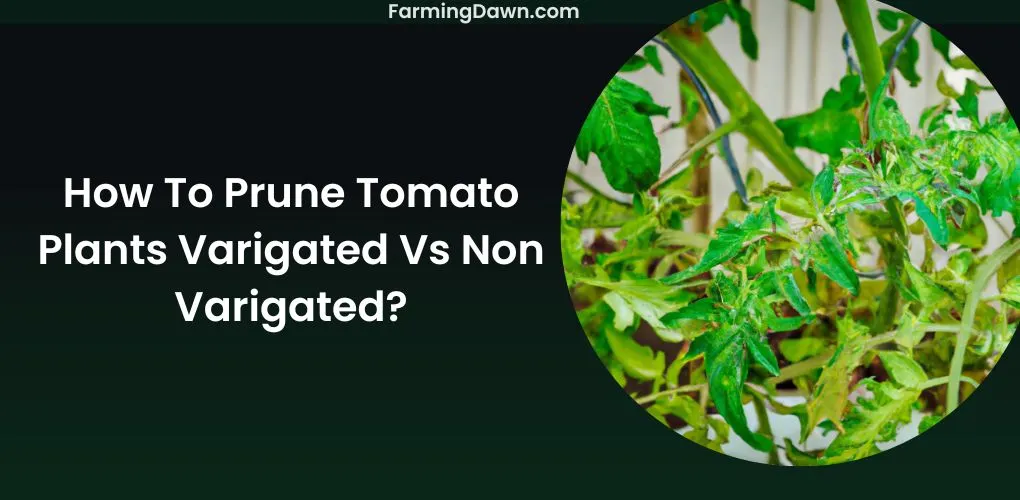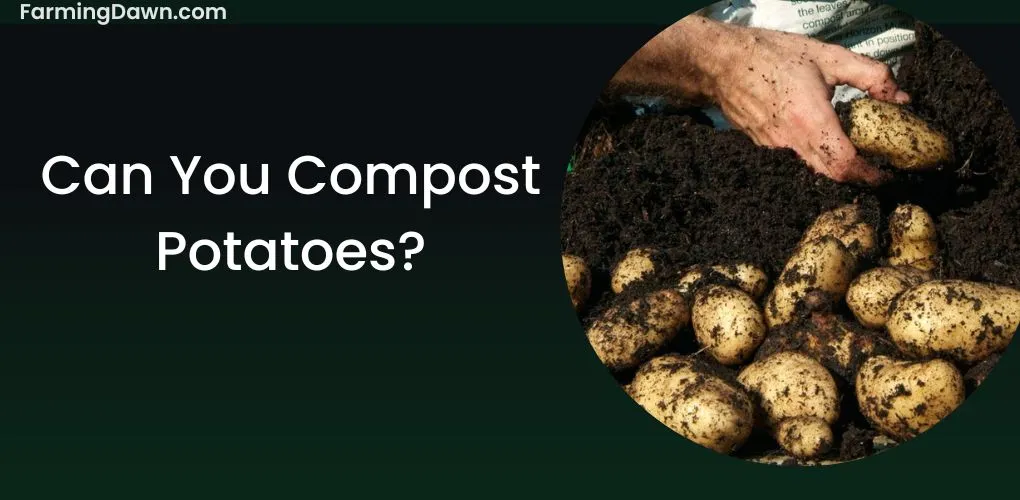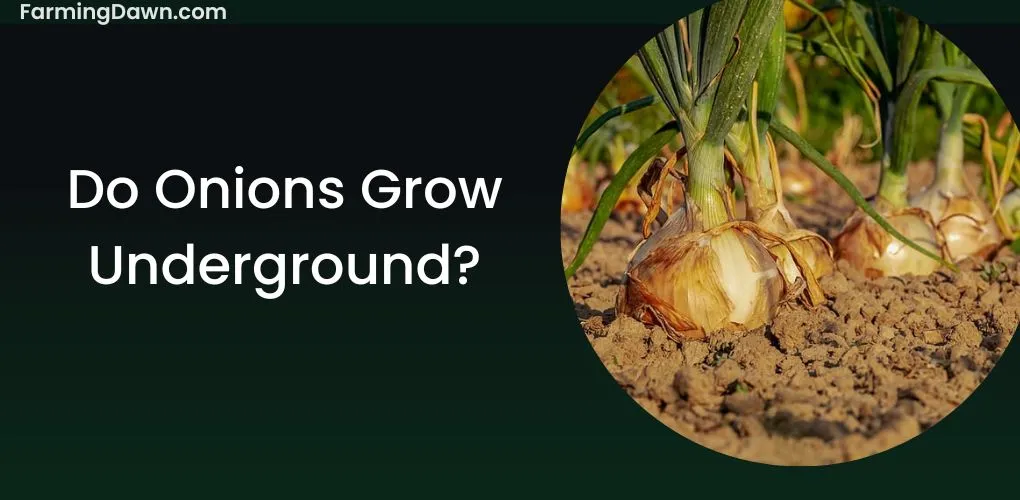Pruning your tomato plants can be a great way to maximize production and encourage healthy growth. If you’re wondering how to prune variegated and non-variegated tomato plants, this article is for you! I’ll discuss the benefits of pruning, how to do it correctly, when the best time is, and provide some useful tips along the way.
Pruning not only helps ensure your tomatoes reach their full potential but also allows you to become more connected with nature. So get ready for a fun experience in the garden and let’s get pruning!
Benefits of Pruning Tomato Plants
Pruning your garden not only helps keep it looking beautiful, but it can also give your plants a better chance to thrive! It’s especially important for tomato plants, both variegated and non-variegated varieties.
- Pruning tomato plants helps regulate their size and shape while keeping them healthy and productive.
- If you prune your tomato plants correctly, they will yield more fruit for longer periods of time.
- By removing diseased or damaged foliage, you can help prevent the spread of disease to other parts of the plant.
- Regular pruning also increases air circulation around the plant which reduces humidity and helps control fungal diseases like blight.
- Pruning off lower branches allows for better access to sunlight and encourages further branching out from main stems.
This gives each branch more room to produce tomatoes without overcrowding the plant’s leaves or stems. Properly pruned tomato plants are healthier overall due to increased exposure to sunlight that boosts photosynthesis rates and leads to stronger growth and greater yields in both variegated and non-variegated varieties alike!
See more: How to prune tomato plants in cages?
When to Prune Tomato Plants
You can maximize the growth of your garden tomatoes by pruning them at the right time. Generally, it is best to wait until after the first blossoms have appeared to begin pruning. This will help ensure that your plants are not shocked and that they continue to grow and produce fruit even after being trimmed back.
Also, waiting until after the blossoms appear helps provide a better indication of which branches should be removed in order to promote optimal growth.
See more: How to prune tomato plants for winter?
How to Prune Variegated Tomato Plants
To ensure your variegated tomato plants grow healthy and strong, you’ll want to take the right steps for pruning. Variegated tomatoes are a beautiful addition to any garden, but can be tricky to prune. Pruning these plants should be done carefully in order to preserve the unique colors of the foliage.
When pruning variegated tomatoes, it is important to focus on removing only dead or damaged leaves and stems as well as any that are overcrowding other branches. This will help keep the plant’s growth rate balanced and allow light and air to reach its inner parts.
It is also important not to remove too much foliage at once, as this could shock the plant and cause it distress.
Additionally, if you are growing multiple varieties of variegated tomato plants in one location, regular trimming will help prevent cross-pollination between them.
Following these tips will help ensure your variegated tomatoes stay healthy throughout their growing season!
See more: How to prune tomato plants for trellis?
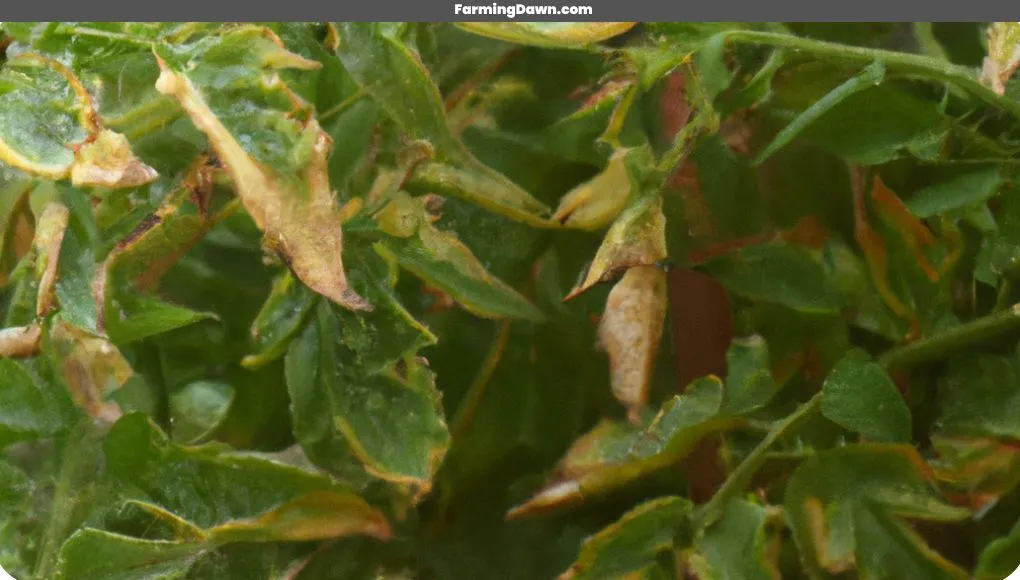
How to Prune Non-Variegated Tomato Plants
Pruning non-variegated tomato plants requires special attention, as these types are more prone to overgrowth.
- To start, remove any dead or dying branches from the plant and then focus on those that are growing too long or wide.
- If there is an area in which several stems are growing together, trim off some of them at their base so that light can reach all sides of the plant.
- You should also clip off any new growth emerging from the main stalk unless you want multiple plants instead of one large one.
- Finally, thin out foliage that has become congested by cutting off some leaves and stems near the bottom of the plant to allow for better air circulation.
Taking these steps will ensure your non-variegated tomato plants remain healthy and produce abundant fruit!
See more: How to prune tomato plants for fall?
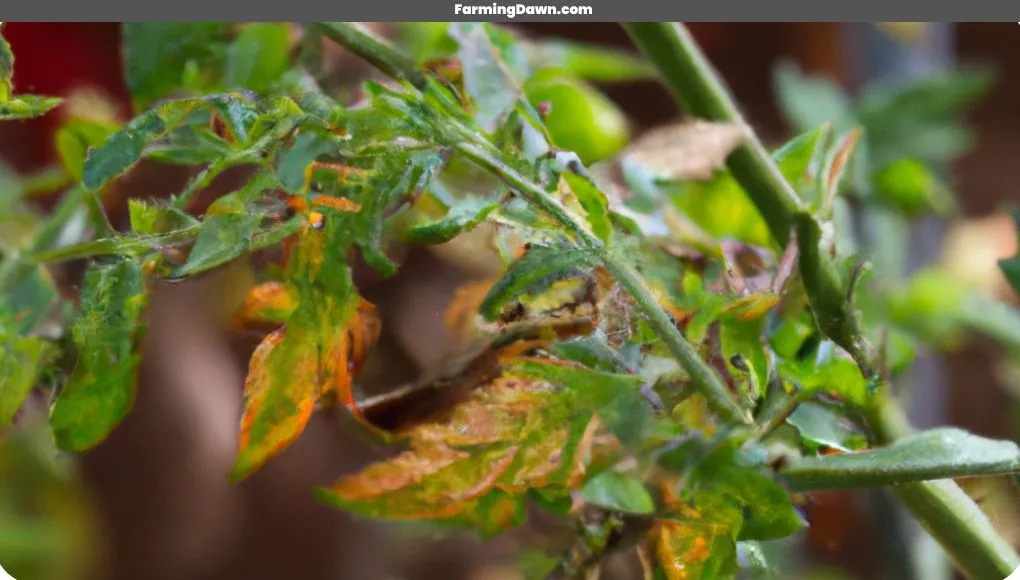
Tips for Pruning Tomato Plants
When it comes to trimming your garden tomatoes, pruning the right way is key for maximizing growth and a bountiful harvest!
- To get started, you’ll want to wait until plants are well established before cutting back.
- For variegated tomato plants, focus on removing only leaves that have reverted to green – those with yellow or white stripes should be left alone.
- For non-variegated plants, prune away suckers (small shoots between main branches) as they appear and pinch off any flowers that form before the first fruit sets. Pruning these flowers will allow the energy to go into ripening existing fruits rather than growing new ones.
Related: How to prune cherry tomato plants?
How To Prune Tomato Plants Variegated Vs Non-Variegated? Takeaway
Whether you’re dealing with variegated or non-variegated tomatoes, it’s important to know when and how to prune them. It may seem intimidating at first, but with the right knowledge and technique, you’ll be able to get the most out of your plants.
So, don’t let this task keep you from enjoying a bountiful harvest! Just remember: pruning is like giving your tomatoes an extra hug — it helps them grow bigger and better than ever. So go ahead and give your plant some love; they’ll thank you for it in the end!

